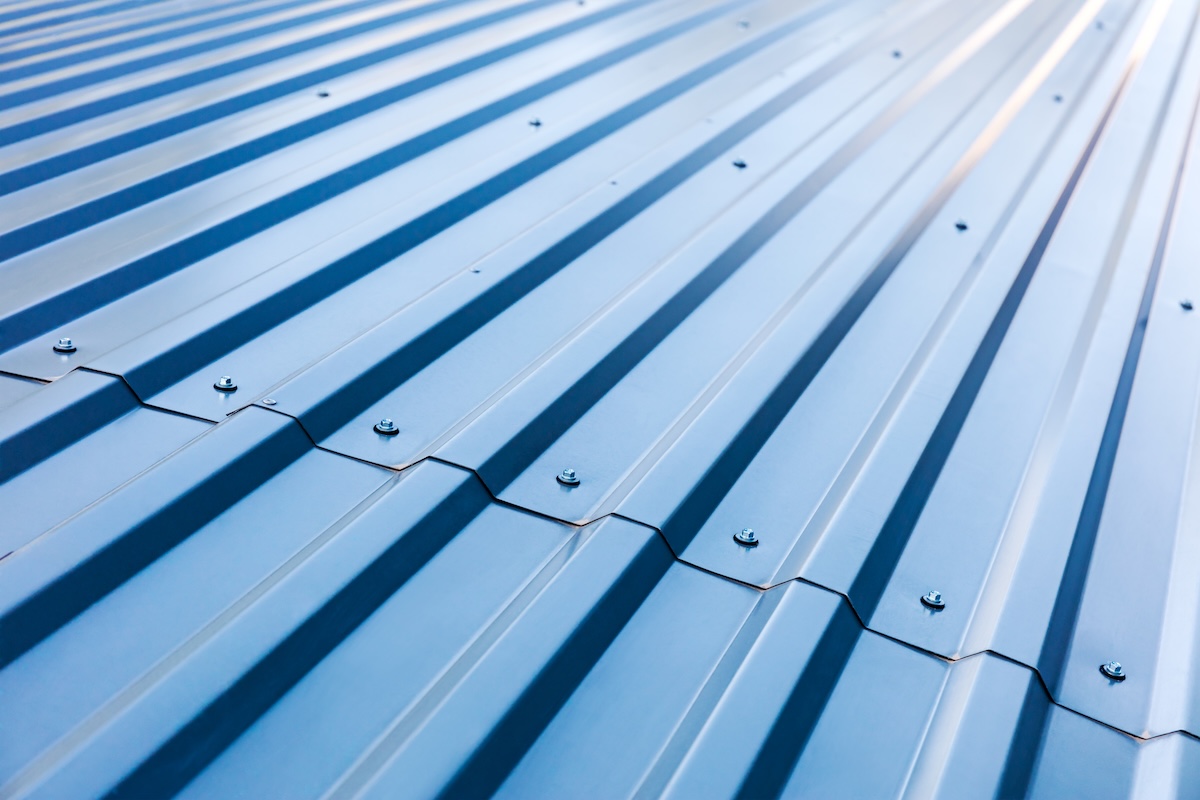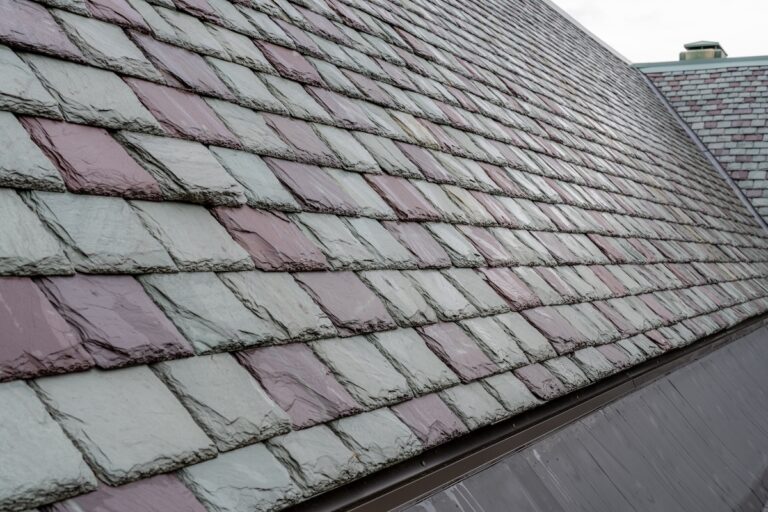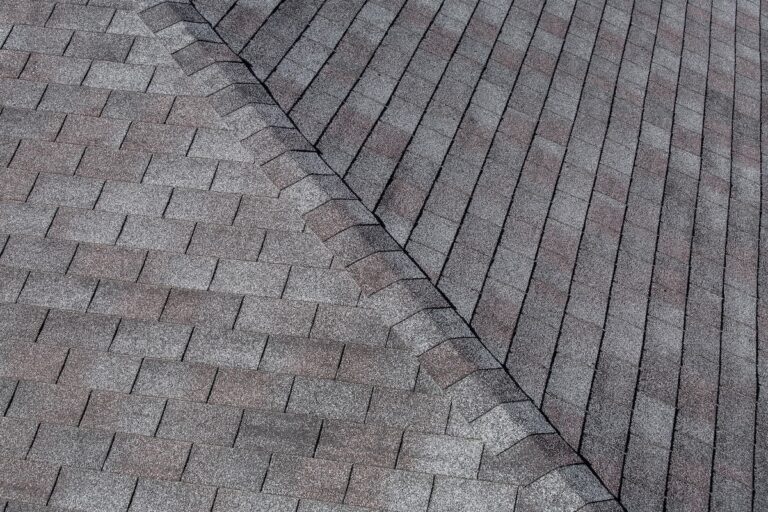Aluminum siding panels are a durable and versatile option that many homeowners still turn to for protecting their homes. While vinyl and fiber cement siding have become more popular in recent years, aluminum remains a reliable choice thanks to its resilience, energy efficiency, and classic aesthetic. Understanding the benefits, styles, and installation tips can help you decide if aluminum siding panels are the right fit for your home.
- Durability: Aluminum siding is resistant to fire, pests, and rot, making it a long-lasting exterior material.
- Design flexibility: With many styles and colors available, aluminum can enhance curb appeal.
- Low maintenance: Aluminum siding requires minimal upkeep compared to wood or other siding types.
In this guide, we’ll cover the pros of aluminum siding panels, explore popular styles, and share practical installation tips for homeowners in Lebanon and surrounding areas.
👉 Why Choose Aluminum Siding Panels?
Aluminum siding offers several advantages that make it a strong contender for both new builds and exterior renovations.
- Weather resistance: Aluminum can withstand rain, snow, and wind without warping, cracking, or swelling.
- Fire resistance: Unlike vinyl, aluminum won’t melt in high heat, providing an extra layer of safety.
- Pest resistance: Termites and other insects cannot damage aluminum, which protects your home’s structure.
- Longevity: With proper care, aluminum siding panels can last 30–50 years, making them a cost-effective choice over time.
- Eco-friendly benefits: Aluminum is recyclable, and many siding products are made with recycled content, reducing environmental impact.
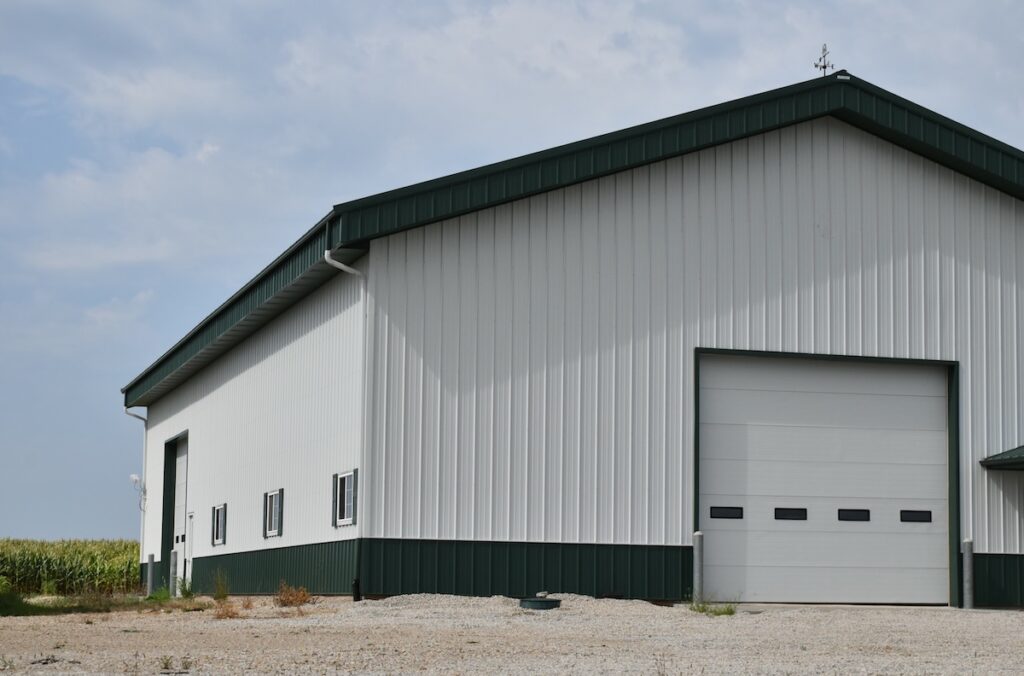
❌ The Drawbacks to Consider
While aluminum siding panels offer many benefits, it’s important to weigh the drawbacks before making a decision.
- Dents and scratches: Aluminum can dent more easily than other siding materials, particularly if struck by hail or debris.
- Noise factor: During heavy rain or wind, aluminum siding can produce more noise than vinyl or fiber cement.
- Fading over time: While modern finishes are more resistant, aluminum can still fade or chalk with years of sun exposure.
- Higher upfront cost: Aluminum siding is generally more expensive than vinyl but less than fiber cement.
By balancing pros and cons, homeowners can determine whether aluminum meets their specific needs.
⭐️ Popular Styles of Aluminum Siding Panels
Today’s aluminum siding is far from the plain panels of the past. Manufacturers offer a wide range of styles to suit different architectural designs.
- Horizontal lap siding: Mimics the look of traditional wood lap siding but with added durability and less maintenance.
- Vertical siding panels: Provides a modern, sleek appearance that works well on contemporary homes or accent walls.
- Textured siding: Available in wood-grain finishes that replicate the warmth of natural wood without the upkeep.
- Smooth siding: Creates a clean, minimalist look, popular for modern and mid-century homes.
- Insulated aluminum panels: These panels come with built-in insulation to improve energy efficiency and reduce noise.
With these styles, aluminum siding panels can be customized to match both classic and modern home designs.
🎨 Color and Finish Options
Homeowners aren’t limited to just silver or gray when choosing aluminum siding. Advances in manufacturing have expanded color and finish selections.
- Powder-coated finishes: Provide excellent durability and resistance to fading.
- Anodized finishes: Offer a metallic look that works well for modern home designs.
- Wood-grain patterns: Ideal for those who want the charm of wood without maintenance.
- Custom colors: Many manufacturers allow homeowners to choose custom shades to match existing exterior features.
These finishes give aluminum siding panels the versatility to blend with nearly any style of home.
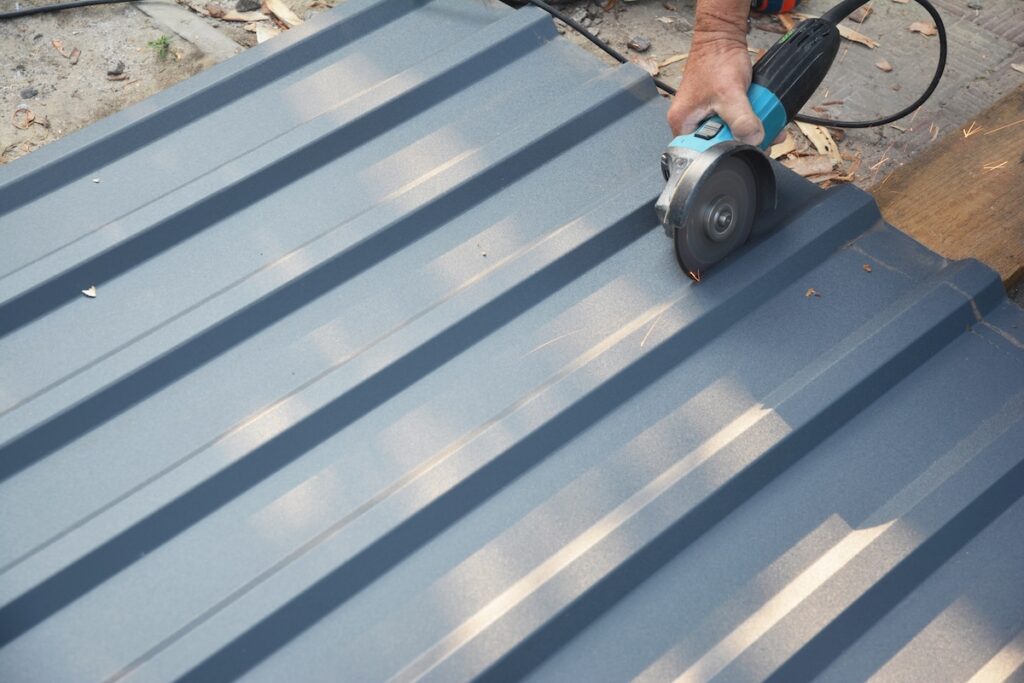
🛠️ Installation Tips for Aluminum Siding Panels
Installing aluminum siding panels requires careful preparation and attention to detail to ensure long-lasting results.
- Proper underlayment: Always install a moisture-resistant barrier beneath the panels to protect the home’s structure.
- Allow for expansion and contraction: Aluminum expands and contracts with temperature changes. Leave small gaps between panels and fasteners to prevent buckling.
- Use corrosion-resistant fasteners: Galvanized or stainless-steel nails and screws prevent rust that could damage the siding.
- Seal joints and edges: Caulking around windows, doors, and seams helps prevent moisture infiltration.
- Hire a professional installer: While some homeowners may attempt DIY siding, professionals ensure proper alignment, secure fastening, and warranty coverage.
✅ Maintenance and Care
One of the reasons aluminum siding panels remain popular is their relatively low maintenance requirements.
- Regular cleaning: Wash panels with mild soap and water once or twice a year to prevent dirt buildup.
- Inspect for dents: Check for damage after storms and repair dents promptly to maintain appearance.
- Repainting: If siding begins to fade or chalk, a fresh coat of exterior paint can restore its look.
- Gutter maintenance: Keep gutters clear to prevent water overflow from damaging siding edges.
With simple upkeep—much like the routine for how to clean vinyl siding—aluminum siding panels can provide decades of reliable performance.
📋 3 Points: Aluminum vs. Other Siding Options
When choosing siding, homeowners often compare aluminum to vinyl, wood, and fiber cement. Each material has its advantages, but aluminum holds its own as a reliable and practical option.
1. Aluminum vs. Vinyl
Vinyl siding remains the most popular option because it is inexpensive, lightweight, and comes in an almost unlimited variety of colors. However, vinyl can crack in extreme cold, melt under high heat, and warp if installed improperly. Aluminum siding panels, while slightly more expensive, are stronger, naturally fire-resistant, and far less likely to crack over time. For homeowners in areas with unpredictable weather, aluminum provides a more durable barrier.
2. Aluminum vs. Wood
Wood siding is loved for its natural charm and ability to be stained or painted in countless ways. Unfortunately, wood requires regular upkeep, including sealing, painting, or staining every few years. It is also susceptible to rot, pests, and moisture damage. Aluminum siding panels can mimic the appearance of wood with textured finishes, but without the ongoing maintenance demands. While wood might appeal to those who want a traditional aesthetic, aluminum offers a balance of beauty and practicality.
3. Aluminum vs. Fiber Cement
Fiber cement siding has gained popularity for its durability and high resistance to pests and fire. It is less prone to dents and offers a sturdy, solid feel that many homeowners appreciate. On the downside, fiber cement is heavy, requires professional installation, and comes at a higher price point. Aluminum siding panels, while lighter and easier to install, may dent more easily but are less costly overall. For budget-conscious homeowners seeking long-lasting protection, aluminum often provides the better value.
By weighing these comparisons, homeowners can choose the siding option that best matches their budget, design goals, and maintenance preferences.
| Siding Material | Cost | Durability | Maintenance Needs | Appearance | Special Considerations |
| Aluminum | Moderate (higher than vinyl, lower than fiber cement) | Resistant to fire, pests, and rot; may dent from impact | Low maintenance; occasional cleaning and repainting if faded | Available in smooth, textured, and wood-grain finishes | Lightweight, recyclable, and energy-efficient when insulated |
| Vinyl | Lowest cost | Can crack in extreme cold and warp under high heat | Very low maintenance; no painting required | Wide range of colors and styles | Not fire-resistant; may fade over time |
| Wood | Moderate to high | Susceptible to rot, insects, and moisture damage | High maintenance; requires sealing, staining, or painting every few years | Natural beauty with authentic wood grain | Attractive but less durable; higher long-term upkeep costs |
| Fiber Cement | Higher cost | Very durable; resistant to fire, pests, and weather | Moderate maintenance; painting needed every 10–15 years | Mimics wood or masonry with a solid, upscale appearance | Heavy, requires professional installation; more expensive upfront |
🗓️ Long-Term Value of Aluminum Siding Panels
Investing in aluminum siding is about more than just appearance, it’s about long-term value.
- Durability: With decades of performance, aluminum siding saves on replacement costs.
- Energy efficiency: Insulated panels improve home comfort and reduce heating and cooling bills.
- Resale value: Homes with updated siding often sell faster and at higher prices.
- Peace of mind: Resistant to pests, fire, and weather, aluminum siding offers dependable protection.
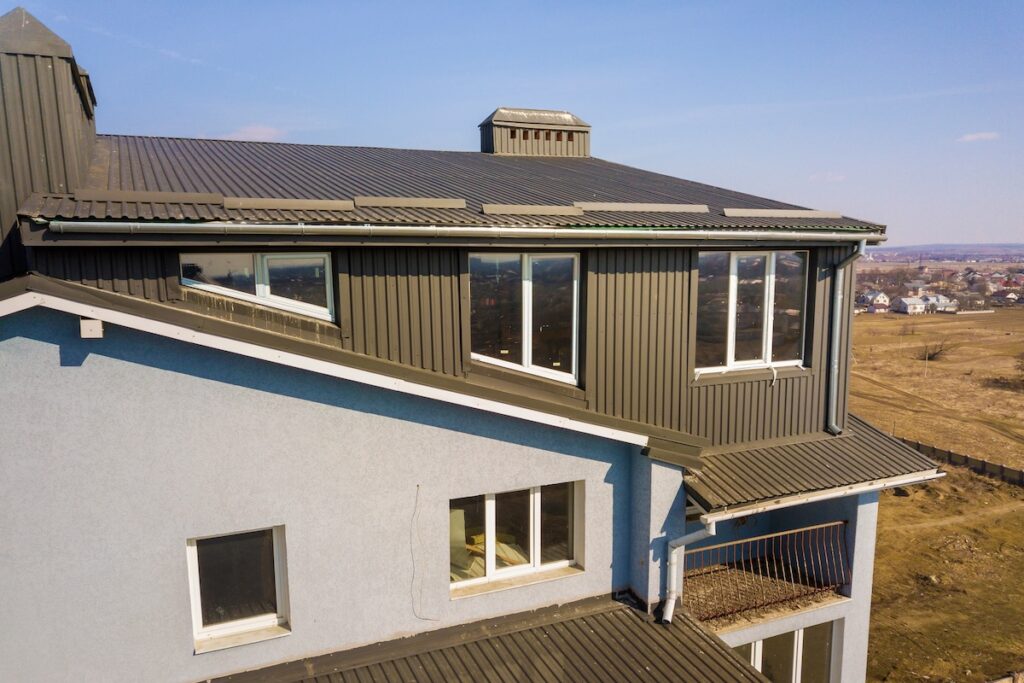
🏠 Protect Your Home With Aluminum Siding
Aluminum siding panels remain a strong option for homeowners seeking durability, energy efficiency, and design flexibility. While they require an initial investment and come with some drawbacks, their long-term performance and low maintenance make them an attractive choice for many homes.
At Johnson Restoration, we’ve helped homeowners in Lebanon and surrounding areas improve their homes with siding solutions that last. Whether you’re interested in composite, vinyl, or other materials, our team can guide you through the options and ensure expert installation.
If you’re considering new siding for your home, contact Johnson Restoration today. We’ll provide honest advice, professional installation, and lasting results you can trust.
